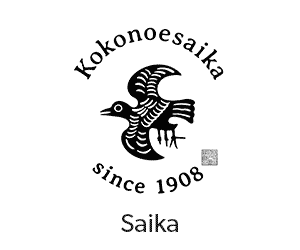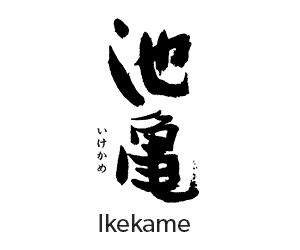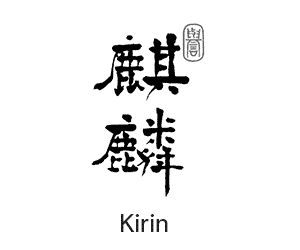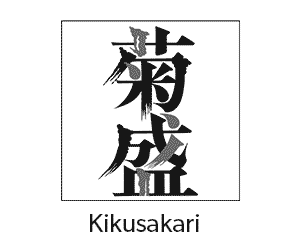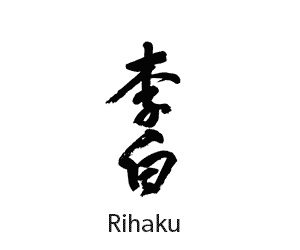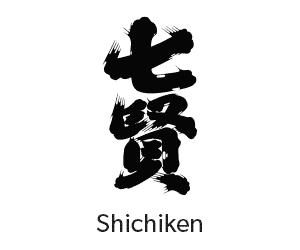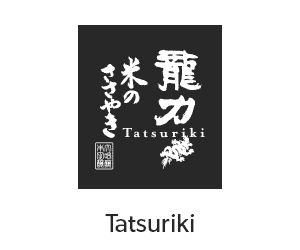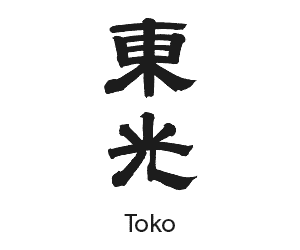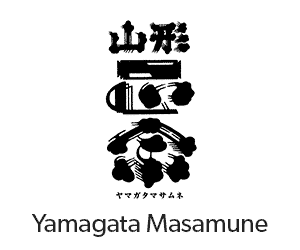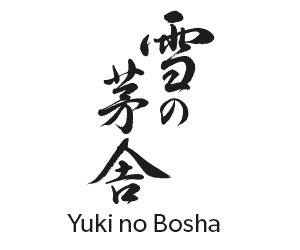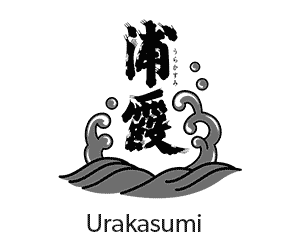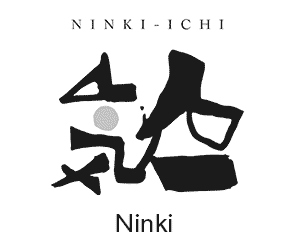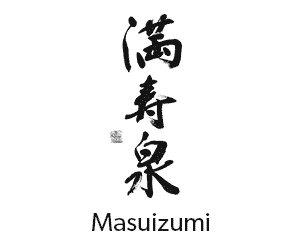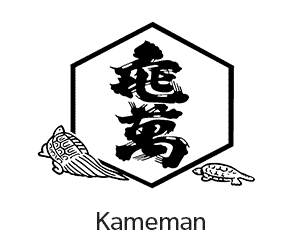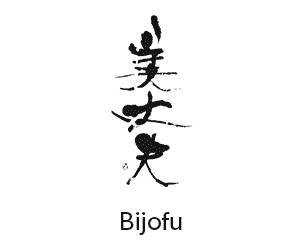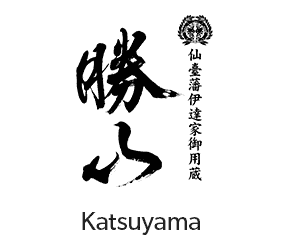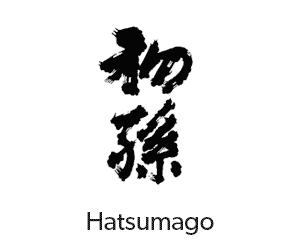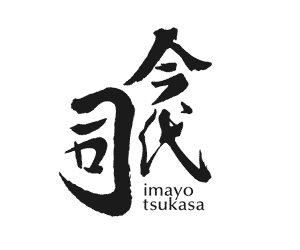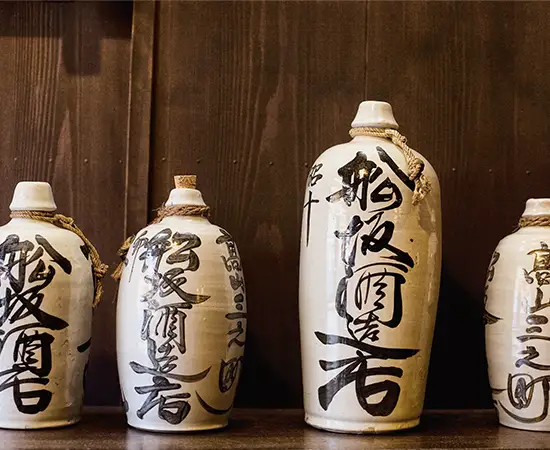
Japanese Seasonings
The taste of Japan begins with the right ingredients. Soy sauce, miso, sake and mirin are the cornerstones of Japanese cooking – rich in natural umami from fermentation and aging. They bring depth, balance, and complexity to your dishes. Delicate citrus notes from Yuzu or the light spice of Sansho add a fresh twist. Whether used traditionally or creatively: these seasonings elevate every dish with a refined Japanese touch.

600 ml (CHF 8.45* / 100 ml)
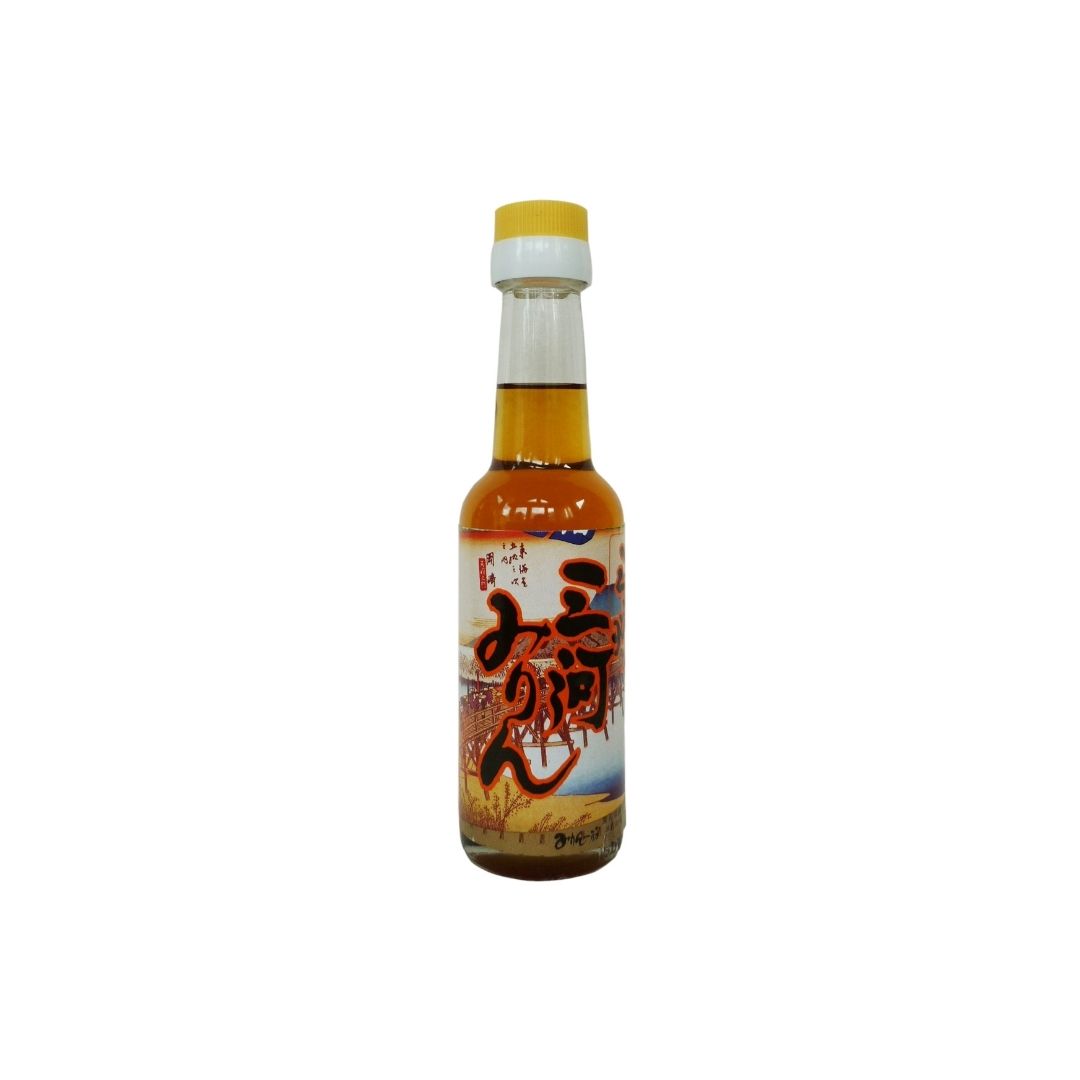
150 ml (CHF 10.67* / 100 ml)
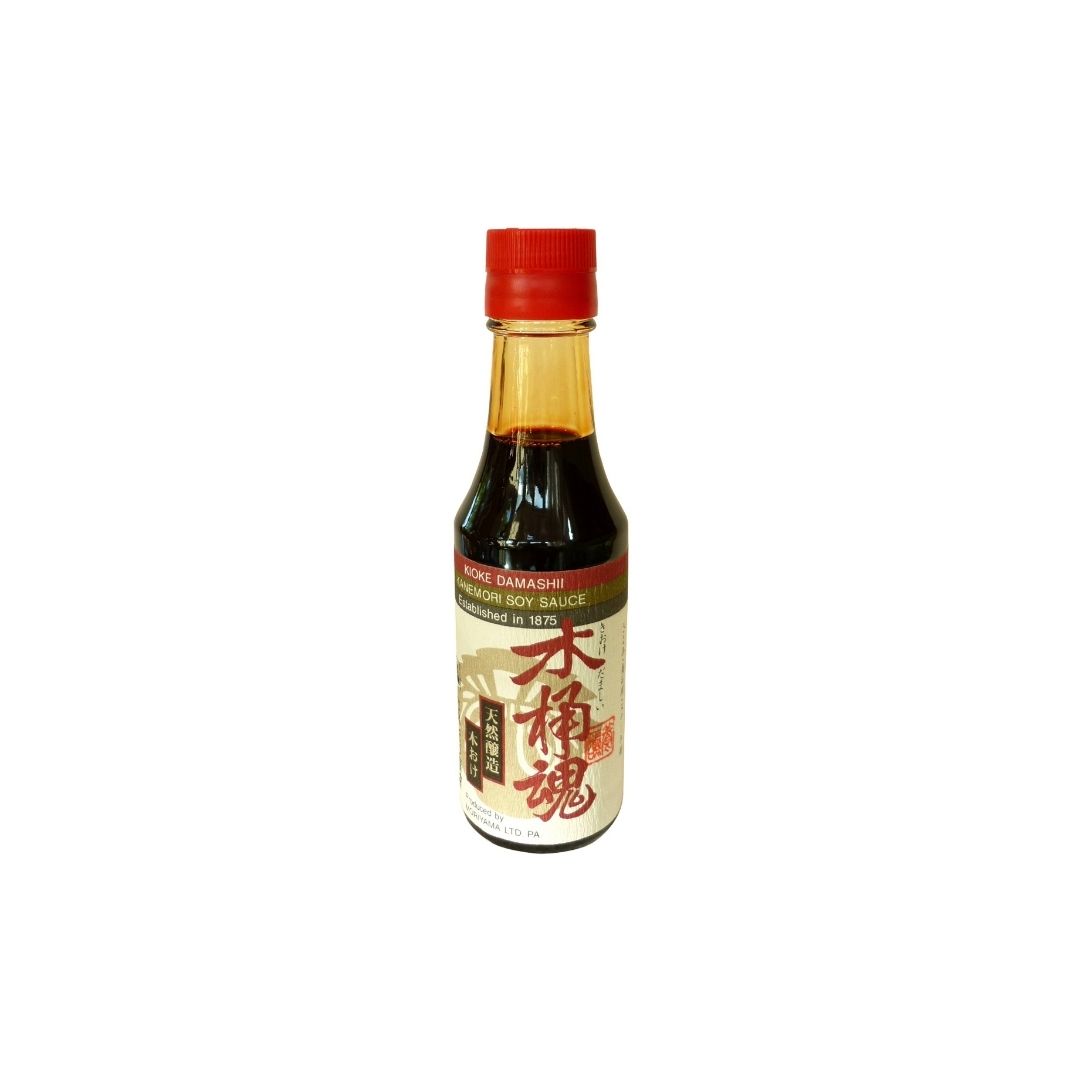
150 ml (CHF 12.47* / 100 ml)
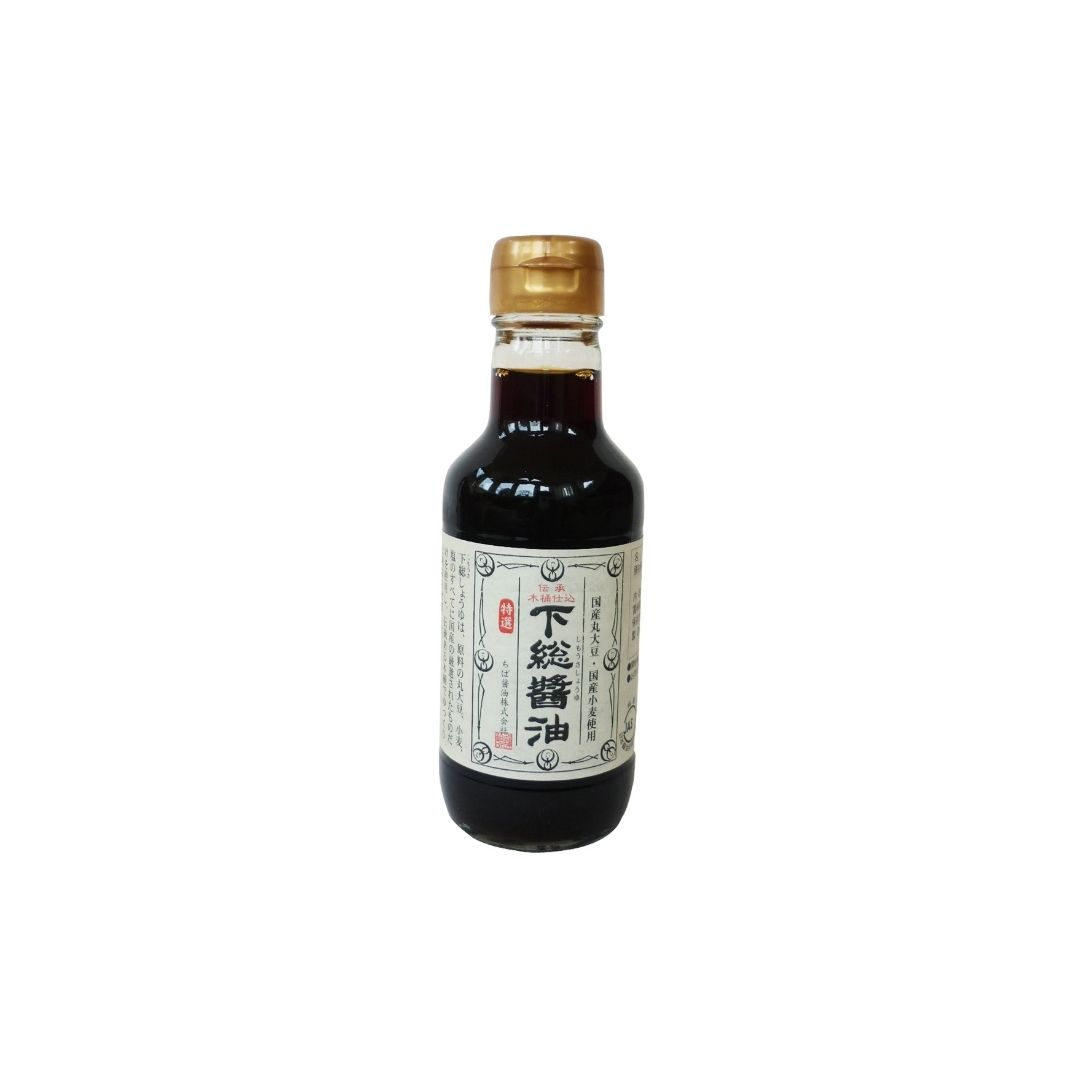
200 ml (CHF 8.00* / 100 ml)
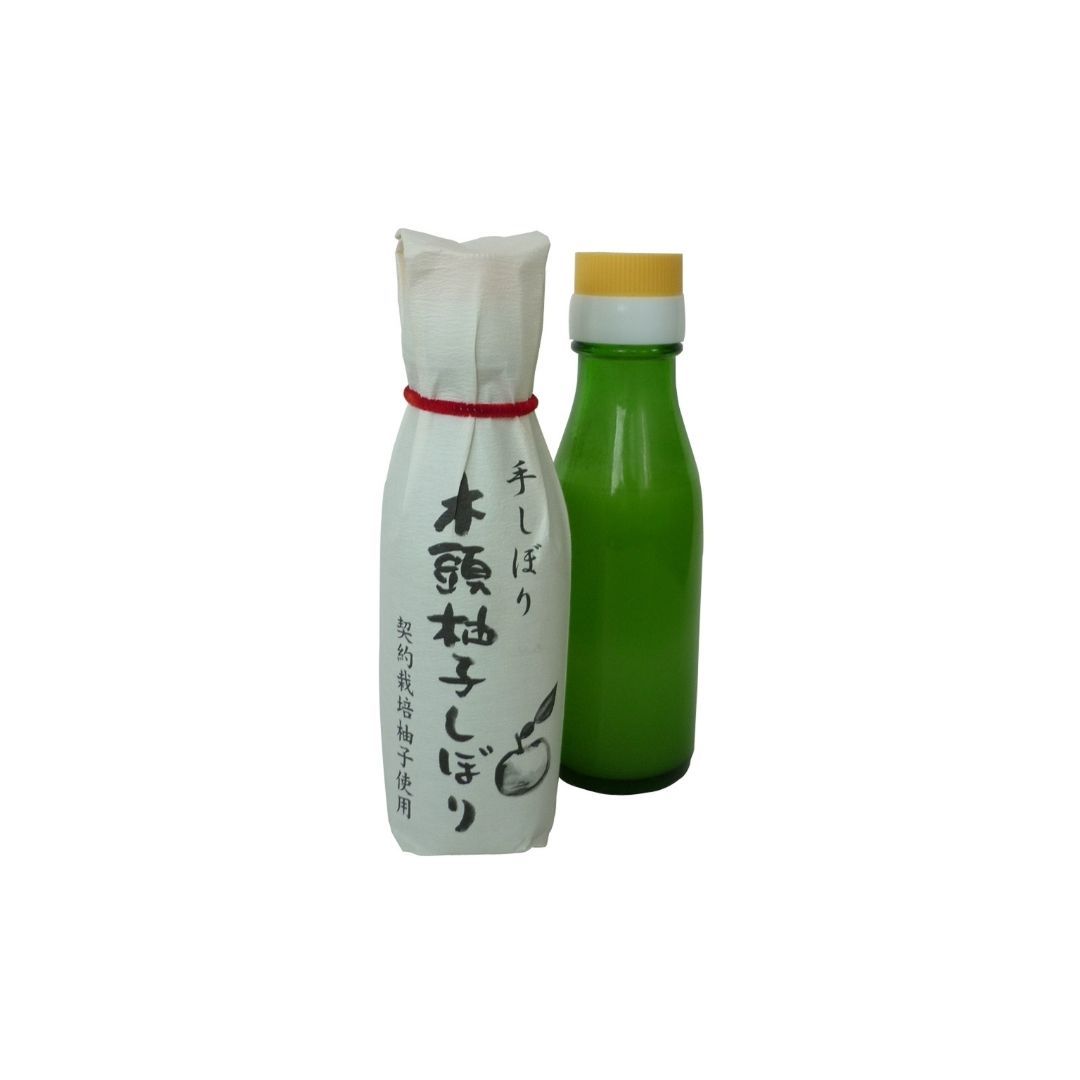
Japanese Seasonings
Soy sauce, saké/mirin, miso and dashi are „The Big Four“ of Japanese cuisine. They contain plenty of umami taste through fermentation and maturation. Japanese yuzu and sansho add fresh citrus notes to food.
Traditional Soy Sauce from Japan
Whole soybeans
Nowadays, most soy sauces are made from skimmed soybeans. Why skimmed? Soybeans contain fat and oil. When the soybeans are mashed during the process of making soy sauce, those fats float on the surface and are removed. Skimmed soybeans have the oil removed in advance, which makes this step redundant and simplifies the process, but affects the quality of the end product. Soy sauce made from whole soybeans is mellow, rich, round and sweet, and has deep umami flavour because the fatty components of soybeans are broken down into glycerine during brewing. Whole soybean soy sauce contains just the right amount of oil, so it keeps its flavour and is less likely to oxidize.
Naturally brewed in wooden barrels and matured
Most soy sauces are mass-produced in a few months. On the contrary, naturally brewed soy sauces take six months to a year until the final product is ready. Steamed whole soybeans are mixed with chopped and roasted wheat. By adding a culture of mushrooms (aspergillus oryzae) - also called "Kōji" in Japan - a dry mash is created. Salt and water are then added, and the mash is allowed to ferment. The result is brewed slowly in wood barrels. During the fermentation process, the enzymes produce amino acids, which are responsible for the umami taste in soy sauce. The wheat starch also produces sugar, which gives the sauce a full-bodied taste. These ingredients determine the colour, aroma and flavour of the soy sauce. Depending on the producer's philosophy, some soy sauces are matured for up to 5 years. Finally, the almost finished soy sauce is wrapped in cloths, pressed, filtered and pasteurised - this way it can be kept longer.
Our suppliers are Japanese traditional families. Their soy sauces are brewed without additives in cedar wood barrels that have been used since the companies were founded, some of them over 150 years ago. As they mature for another one to three years, the taste and aroma deepen and are enriched, leading to a full and complex umami.
Why “Japanese” soy sauce?
There are also soy sauces in other Asian regions like China. Chinese soy sauce often contains flavour enhancers, acidifiers and preservatives and generally have a much higher salt content compared to the Japanese ones. Japanese traditional soy sauce uses only 4 ingredients: soybeans, wheat, water and salt. There are no chemical additives nor artificial colourings. In Europe, there are also many chemically produced soy sauces. They are not made from real soybeans but from soy extract. Taste and aroma are created by chemical process and additives such as corn syrup, molasses, glucose syrup and colourings.
Are genetically modified soybeans used in our soy sauces?
No. Our suppliers are committed to making traditional soy sauce and do not use genetically modified soybeans. Genetically modified soybeans have been genetically engineered to create a special enzyme that prevents herbicides from killing it. In Japan, there is no requirement to indicate the presence of genetically modified soybeans since the soy protein is broken down during the brewing period and is not detected in the product.
Light or dark in colour, or Tamari… what’s the difference?
Here are the main types of soy sauces:
- Koikuchi - "dark soy sauce" - is the most typical Japanese soy sauce. It contains soybeans and wheat in roughly equal proportions. It accounts for about 80% of the total production in Japan.
- Usukuchi - "light soy sauce" - the proportion of wheat is higher, it also has a higher salt content. Its share in the total production is about 10%.
- Saishikomi - "double brewed soy sauce" - this soy sauce is double fermented, which gives it additional complexity in taste.
- Tamari - consists mainly of soybeans. It accounts for 1% of the total production.
Real Mirin - The very special flavor
What is mirin
Mirin is made from distilled alcohol, koji (a mushroom culture) and rice and is one of the most important food spices in Japan. It's sweet and syrupy and contains around 13-14% alcohol, which mostly evaporates during cooking. Mirin has a fine, natural sweetness and is a very versatile condiment due to its balanced aroma. It is used to sweeten dishes such as nimono (cooked dishes), for marinating and glazing, and for making teriyaki sauce. Along with soy sauce, miso, sake and dashi, it is one of the five most important condiments in traditional Japanese cuisine.
High quality mirin has a fine and complex sweetness and a lot of umami taste. Also suitable as a sweet liqueur to drink.
Real mirin and false mirin
Unfortunately, the term and manufacturing method of Mirin are not protected abroad. "Fake" Mirin is also sold under the name "Mirin". Even in Japan, few consumers know the exact difference. When buying, you should pay close attention to the ingredients (only sweet rice, koji rice and shochu (rice distillate)). In the traditional method, 1 liter of mirin is made from 1 kg of rice. In industrial production, the proportion of rice is 2.5 to 4 times less; In the production of “Mirinart wort”, no rice is required at all (glucose is used instead of rice).
Real mirin according to the traditional method (Honkaku-Mirin)
consists of sweet rice, rice koji, real kome shochu (rice distillate) and is fermented and matured for over 1 year. The alcohol content is around 14%. The extract is around 50%. Real mirin tastes very round and has a complex sweetness. Because of the concentrated umami taste, the real mirin is very economical.
Mirin from industrial production (usually referred to as Hon-Mirin)
This mirin is characterized by the rationalization of rice preparation and the use of glucose and industrially produced alcohol instead of Kome-Shochu. The industrial method has been widespread since the post-war period. Shorter fermentation or maturation time of 40 to 60 days. The taste is thinner and the sweetness more penetrating than real mirin.
Fermented wort (salted mirin)
Conventional rice is fermented by koji mushroom and fortified with glucose and alcohol. With the addition of salt, this seasoning is exempt from the Japanese alcohol tax. That is why it is widespread.
Mirin style wort (Mirinfu Tyomiryo)
This seasoning consists of glucose, caramel, glutamate and flavoring substances. The alcohol content is less than 1%. The wort can be produced very cheaply and is also widespread.
Uses and Properties of Real Mirin:
Natural sweetness (amami)
Fine and multi-layered sweetness from fermentation (9 different types of sugar, mainly grape sugar).Give color, luster (Teri, Tsuya) and shape
The sugar contained in Mirin forms protective films on ingredients and gives shine and grill color. The alcohol content tightens the ingredients. Fish stays in shape when cooked.Umami
Mirin intensifies the taste of other seasonings (e.g. herbs), which can penetrate deeper into the meat or fish. In addition, Mirin gives the dishes an intense umami taste.Flavor and mask fish odor
Mask unpleasant smells of ingredients and add sweet flavors. Mirin aromas are enhanced by aging and heating.-
Harmonize
Real Mirin softens salty and sour taste and harmonizes with various ingredients. When used with other fermented condiments such as miso, soy sauce or vinegar, the umami taste is enhanced. Due to its liquid form, Mirin can be easily mixed with other ingredients.
Mirin - basic sauce in Japanese cuisine
Mirin is used with vegetables, fish and meat. It can be used for marinating, cooking and grilling. For marinating, the mirin is often briefly boiled before use in order to evaporate its alcohol content.
|
Sauce |
Mirin |
Soy sauce |
Dashi |
Sake |
Others |
|
Teriyaki |
1 |
1 |
|
|
maybe: 0,5 sugar |
|
Soba (Dip) |
1 |
1 |
4 |
|
|
|
Soba (Soup) |
1 |
1 |
13~15 |
|
|
|
Happo-Dashi |
1 |
1 |
8 |
|
|
|
Ponzu |
1 |
5 |
|
|
5 citrus juice (e.g. Yuzu) |
|
Sesame sauce |
1 |
2 |
|
1 |
1 sesame paste
|
Sample dishes with mirin:
- Pork with ginger soy sauce
- Beef Tataki with Ponzu
- Cooked green asparagus with sesame sauce
- Swordfish with Tomato Mirin Sauce
- Grilled chicken with teriyaki sauce
- Mirin can also be used for the production of salad dressings, tomato sauce instead of honey and / or sugar to make the taste rounder and tastier!



